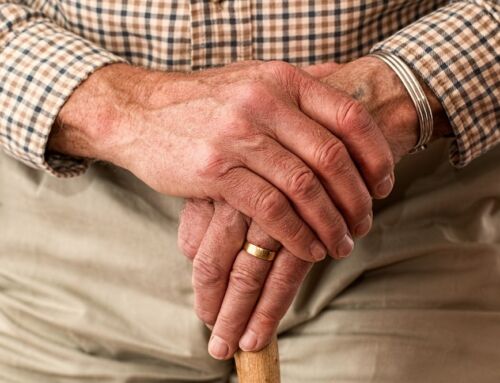Personal Injury cases can be complicated. An attorney must determine fault, must often work with insurance companies or businesses to see how much in medical expenses they would be willing to pay, and working on a settlement offer if the client thinks that amount is enough to cover their expenses, or going to trial if it is not a good offer.
A factor that can make a personal injury case more complicated is whether the plaintiff had pre-existing conditions. These conditions can be either known by the plaintiff or unknown. This has been discussed in tort law and personal injury law and is known as “the eggshell skull plaintiff rule.” Essentially, this means that the driver who caused the accident, or the insurance company, or the business is supposed to take the plaintiff as they found them. Whether a minor bump would cause significant injury or not, the medical expenses incurred by the plaintiff would still be reasonable. In more common language, let’s say a knock on the head breaks someone’s skull, when for another person it would just cause a bruise. This is an easy way to show that some people suffer injuries with greater damage than others would because of their pre-existing conditions.
Indiana recognizes this idea of the eggshell skull plaintiff, but there are some qualifiers to the rule itself. In order for someone to recover the cost of an injury that made a pre-existing condition worse or brought a pre-existing condition into the light, it must be shown that pre-accident, the person was living a normal life, whether they knew of the pre-existing condition or not. This is a way to show that the accident could have aggravated the condition itself, depending both on the injuries incurred from the accident and the pre-existing condition. For example, if someone has a herniated disk in their cervical spine, and they are rear-ended and suffer whiplash, that could aggravate the pre-existing injury. This would also be sufficiently connected to the accident to show that the person deserves a larger damages award to pay for what would likely be more medical treatment.
In reference to the line above, the plaintiff still has the burden of proving their case. This rule does not otherwise shift the burden of proving anything over to the defendant. The plaintiff must be able to show that the exacerbation of their pre-existing condition was connected to the accident caused by the defendant. Generally, this can be done through your healthcare provider or primary physician, who knows about your pre-existing condition, and can relate the injuries from the accident to your pre-existing condition.
If a doctor is able to relate a plaintiff’s injuries from the accident back to a pre-existing condition, then the plaintiff may be able to recover more damages from an accident. This is because they would have to spend more on medical treatment than another person, who, in the same accident, would not have been injured as badly because they did not have a pre-existing condition. If the defendant in an accident tries to prove that the injuries suffered do not relate to a pre-existing condition, getting an opinion from a doctor or healthcare provider is the best way to show that the accident did in fact exacerbate the pre-exiting condition and requires more damages for the plaintiff.
Have You Been Injured and Need a Personal Injury Attorney?
Recently injured in an accident and sorting through what to do about your personal injury case?
Contact Hurst Limontes LLC today at 317-636-0808 to receive a consultation today from one of our personal injury attorneys!





